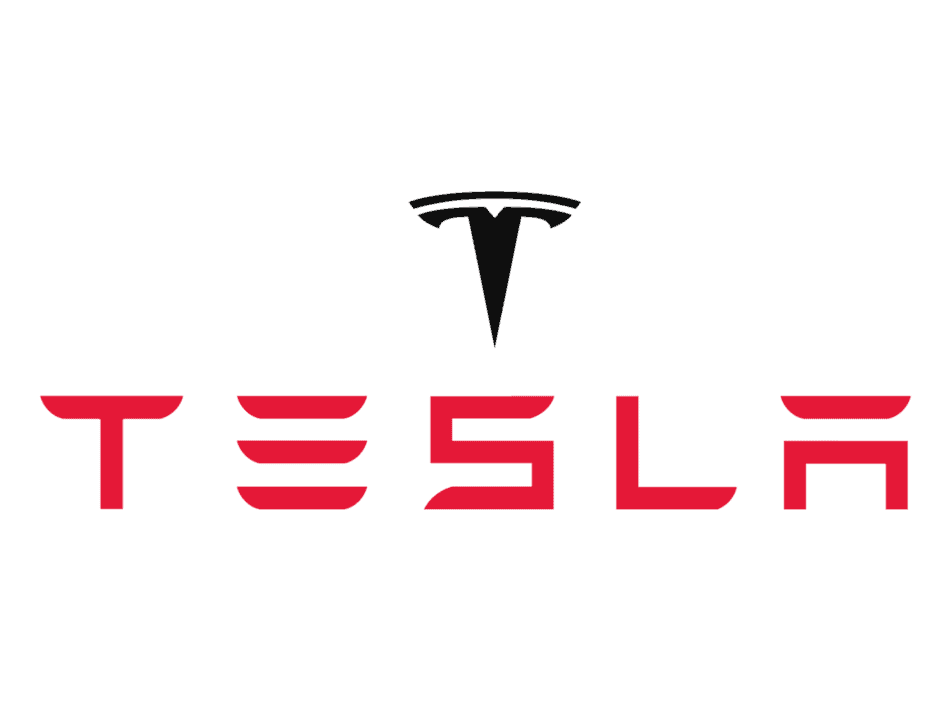Tesla is one of the most closely followed companies in the world by reporters, analysts, investors, and fans. They have managed to shake up century-old industry in a relatively short time since its founding in 2003. They have managed to redefine what it means to be an automobile manufacturer by completely overhauling its supply chain, manufacturing process, vehicle propulsion, software, and sales.
Tesla’s competitive advantage is its pace of innovation. Despite being an auto manufacturer, Tesla is a market leader in software for autonomous driving. It also leads in data collection, AI and autopilot, production efficiency, supply chain, supercharging network, and sales model.
What does Tesla do?
Tesla, which Elon Musk manages, is an electric vehicle manufacturer and clean energy company based in Austin, Texas. Its mission is to replace energy provided by fossil fuels with renewable energy for both vehicles and buildings. It currently has four commercially available electric cars, with plans to manufacture a pick-up truck and semi-truck. It also designs and manufactures solar panels and battery storage for home and grid applications. Tesla is one of the top 10 most valuable companies in the world and currently has the highest sales of electric vehicles worldwide. Its Model 3 is the best-selling electric vehicle globally.
What is Tesla’s competitive advantage?
Tesla is radically different from any traditional car manufacturer. Its software-focused, nimble, and rapid innovation model makes it hard for large, beaurocratic companies like Toyota, Volkswagon, GM, and Ford to compete with. Tesla’s pace of innovation, company culture, and ability to pivot quickly are more like a stereotypical Silicon Valley company.
- Innovation and Technology
Tesla’s competitive advantage lies in its focus on innovation and technology. The company has invested heavily in research and development to create cutting-edge technologies, including battery technology, autonomous driving, and energy storage solutions. Tesla has a team of highly skilled engineers and scientists who work on developing new technologies that can help reduce the environmental impact of cars.
The company’s battery technology is a game-changer in the industry. Tesla’s batteries are more powerful and efficient than those of its competitors, allowing its cars to achieve longer driving ranges. Moreover, Tesla’s batteries are designed to be modular, making it easier to upgrade or replace them as needed. This modularity also allows Tesla to reuse batteries that are no longer suitable for use in cars, which helps reduce waste and improve the company’s sustainability efforts.
Tesla’s Autopilot feature is also a key differentiator for the company. The feature allows Tesla cars to drive autonomously, making them safer and more efficient than traditional cars. The company’s Autopilot technology is constantly improving, and Tesla has already achieved level 2 autonomy, with level 3 expected in the near future.
- Brand Awareness and Loyalty
Tesla has built a strong brand image and a loyal customer base. The company’s brand is associated with innovation, sustainability, and luxury. Tesla’s brand appeal has helped the company attract a wide range of customers, including tech enthusiasts, environmentalists, and luxury car buyers.
Tesla’s loyal customer base is a key advantage for the company. Tesla has a Net Promoter Score (NPS) of 97, which is the highest in the automotive industry. This score indicates that Tesla customers are highly satisfied with the company’s products and services, and are likely to recommend them to others.
Tesla’s brand awareness and customer loyalty have also helped the company overcome some of the challenges associated with being a new entrant in the automotive industry. By building a strong brand and a loyal customer base, Tesla has been able to compete with established automakers and gain market share.
- Production Efficiency and Scale
Tesla’s competitive advantage also lies in its production efficiency and scale. The company has invested in state-of-the-art production facilities and uses advanced manufacturing techniques to produce its cars. Tesla’s factories are highly automated, allowing the company to produce cars more efficiently and at a lower cost than its competitors.
Moreover, Tesla’s production scale is growing rapidly. The company has ambitious plans to increase its production capacity and has already built the world’s largest battery factory, known as the Gigafactory. Tesla’s production scale allows the company to achieve economies of scale, which helps reduce the cost of its products and increase its profit margins.
- Customer-Centric Approach
Tesla’s customer-centric approach is also a key advantage for the company. Tesla has a direct sales model, which means that customers can buy its cars directly from the company’s website or retail stores. This approach allows Tesla to build a direct relationship with its customers, which helps the company understand their needs and preferences.
Tesla’s customer-centric approach also extends to its after-sales service. The company has a highly responsive customer service team and provides a range of services, including over-the-air software updates, to ensure that its customers are satisfied with their cars.
What are Tesla’s weaknesses?
Tesla has had a very rough start, especially in manufacturing. Although many issues have been solved, Tesla still faces a supply issue. It has to increase the number of cars it can produce to meet demand while ensuring no drop in quality. Tesla’s revenue is also very concentrated; the US and China account for over 70% of revenue. The cost of their products is also prohibitive for the average consumer. Even a basic Model 3, Tesla’s cheapest vehicle, starts at $45,000.
What are Telsa’s opportunities for growth?
As mentioned, Tesla’s demand exceeds its output. There is massive demand in China, especially with China’s rapidly expanding middle and upper class. Tesla has already built a Beijing factory to start manufacturing in China, but there are still opportunities in other parts of China to grow. Tesla also plans to offer a cheaper alternative to their existing lineup, a hatchback priced at $25,000. The production of an electric truck also provides excellent potential; the number one vehicle sold in the US is a Ford F150 pick-up truck. Musk has also plans to roll out a self-driving robot-taxi service and a general-purpose humanoid robot capable of performing repetitive or unsafe tasks.
Conclusion
In conclusion, Tesla’s competitive advantage lies in its focus on innovation and technology, brand awareness and loyalty, production efficiency and scale, and customer-centric approach. These factors have helped the company become the leader in EV production and gain
market share in the automotive industry. Tesla’s innovative technologies, such as its battery technology and Autopilot feature, have set it apart from its competitors. Additionally, its strong brand image and loyal customer base have helped it overcome some of the challenges associated with being a new entrant in the industry. Tesla’s production efficiency and scale, as well as its customer-centric approach, have also contributed to its success.
However, it’s worth noting that Tesla faces increasing competition from traditional automakers and other EV startups. As the market for EVs continues to grow, it’s important for Tesla to maintain its competitive advantage and continue to innovate in order to stay ahead of its competitors. Nonetheless, Tesla has proven to be a disruptor in the automotive industry and has paved the way for a more sustainable future with its focus on electric mobility.


